Saturday was a perfect summer day, green as it gets with the slightest breeze, and blue sky sunshine. I’ve been using the period between 6 and 8pm as the best time of the day to be afield with my camera, and that timeline was perfecto for photos along marsh shorelines and open prairies. The mating and nesting season is in full swing with some birds seemingly still finding a mate – Upland Sandpipers, Dickcissels, Ruddy Ducks, Wilson’s Phalaropes, Western Grebes – while others are caring for hatchlings – American Avocets, Northern Pintails, Mallards, and more. Still others are on territory, probably with a female incubating a clutch; such as Marbled Godwits, Bobolinks, Orchard Orioles, Wilson’s Snipe, and American Coots. It’s a busy time for birds, and an exciting time for birders, especially birders who enjoy photographing birds.
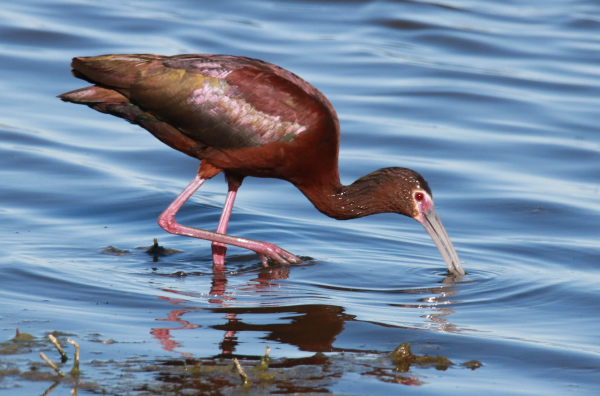
When the timing is right, and the sunlight is right, all you need is birds, so I took a favorite route that has a mix of wetlands on the east side of the roadways, to take advantage of the position of the sunlight from the west; and expanses of emerald green prairie grasslands covering rolling hills. I was already working on a Bird Photography article for this issue, but I knew that a successful evening photo drive could produce the kind of images that are worthy of wrapping an article around, thereby bumping the partly developed article into a future issue. But let’s not get ahead of ourselves, or at least myself; so I ambled south toward Melody’s Marsh with a lot of enthusiasm and high hopes for a memorable Dakota summer’s eve.
First bird of the night was just a few hundred yards from home: A lone White-faced Ibis probing the shallows of the Marsh with its vibrant iridescent colors and deep chestnut and white plumage set off by beautiful blue hues reflected off the water that showed a bit of motion of the light breeze.
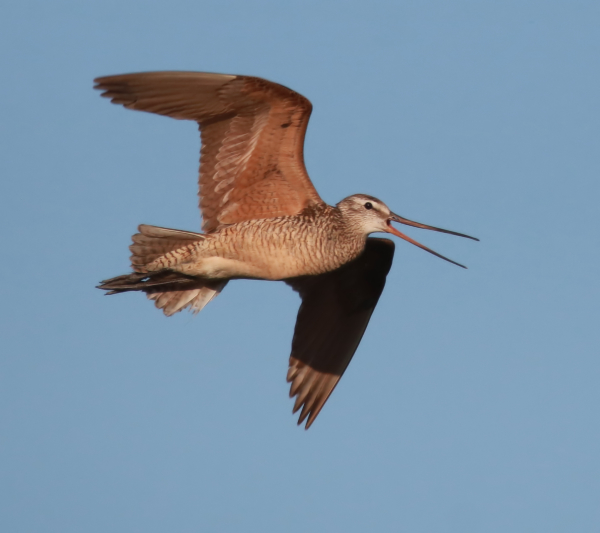
A few hundred yards farther south I saw an opportunity for an action photo as an ibis was approached by a very territorial avocet, but aside from the avocet bending low and charging toward the ibis, the avocet’s advance was half-hearted and the ibis merely opened its longer and more substantial down-curved beak, and that simple action seemed to fend off the avocet’s advance. At the same time, a male Ruddy Duck was actively displaying to a female, but the female only showed its backside to me as the drake displayed from side to side, so both of these action photo opportunities came up short. There were also pairs of Blue-winged Teal and Gadwalls, and I watched for the Krider’s Red-tailed Hawk and adult Bald Eagle I had seen at this location the evening before.
Two miles south, I noted a fluffball on stilts – a newly hatched American Avocet; and when I took a closer look, there was a full brood of 4, although the adult pair mostly tried to ignore the hatchlings, perhaps to distract me (my vehicle). They chased up a pair of Wilson’s Phalaropes that landed within 2 feet of me, but when I checked closer for the phalaropes, I was surprised to find a downy Northern Pintail swimming instead. All alone? I photographed the duckling, and when I started my vehicle, I looked to my left to see a female pintail slipping behind cattails with the rest of her small brood of 4.
I covered quite a few miles in search of my next photo opportunity, but that subject seemed to search me out – a highly territorial Marbled Godwit called intently as it flew from a favorite prairie area to circle my vehicle. I actually stepped outside to photograph the vocal godwit as it flew back and forth before me with the sun at my back, although it was clear the bird’s area of focus was about 200 yards beyond the road in the interior of the green grasslands.
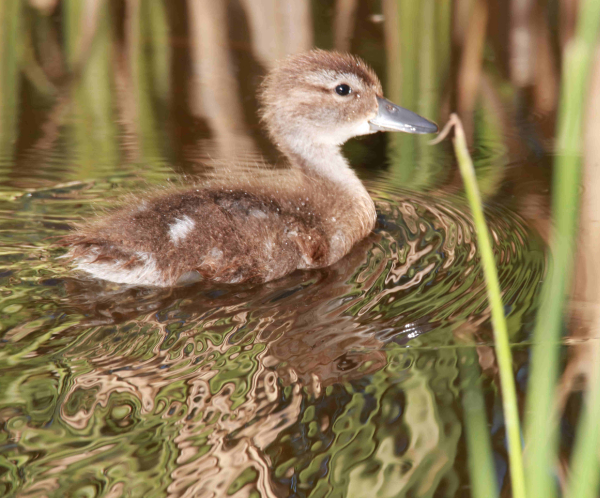
As I approached my favorite prairie area that stretches out on each side of “the Lost Road,” a Wilson’s Snipe provided a chance for photos in nice evening light. I hoped for something more than a simple portrait of the exceptional bird, but it didn’t even have a territorial call to share with its neighbors, and merely rested its long beak and head on its back to rest. At the beginning of the Lost Road, an Upland Sandpiper stood on a similar perch, but it called territorially a few times to provide a little more action. Later, I would see that at ground level the light had begun to wane as the clock ticked closer to 8pm, and the resulting photos of the plover lacked adequate lighting.
Even so, I did have a few chances to photograph other Upland Sandpipers in flight toward the end of the road, atop the top edge of the Missouri Coteau. Although not as spectacular as the photos of the Marbled Godwit, the resulting photos of one of the Uplands provided the only good flight images I have managed to date of this interesting species of sandpiper. The light was good 20 feet above the ground, but thereafter the light was too dim to provide quality photographs, creating darker images that had an orange tint to them. (Usually, an orange tint is preceded by a yellow shade in your view and your images as the sun’s position nears the horizon.) It was fine to run out of light before I ran out of birds – I’ll take that option; but I’ll get started a little earlier next time, and concentrate my time at locations where birding encounters were most fruitful.
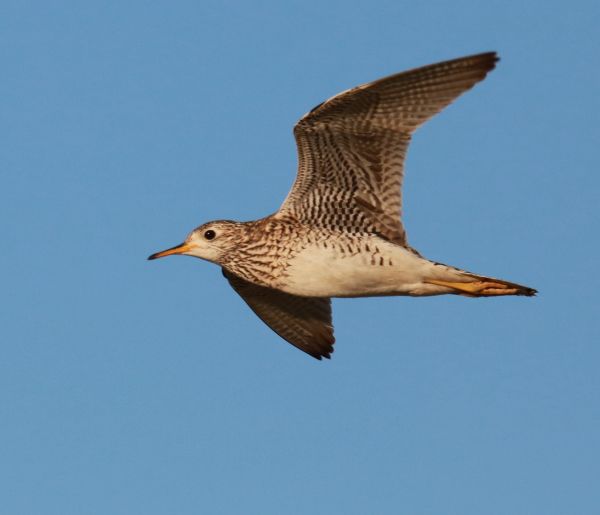
Settings & Sunlight
I had my camera pre-set with an aperture of f7, which provided a good area of focus for flying and inanimate birds alike, and gave me a fast shutter speed between 1/2500 and 1/1250 second shutter speed to keep photos sharp, aside from the usual little bit of wing blur at the wing tips. Using the Tamron 150-to-600 zoom lens, I mostly used magnification settings in the 400 to 600mm range, except for the pintail duckling, which required a wider angle zoom setting in close proximity. In some of the flight photo scenarios, I zoomed out when the birds flew closer, then zoomed in as they passed by farther away – ah, the advantages of a zoom lens.
Again, the sun was best between 6 and 8pm, and I probably could have started photographing an hour earlier. But after 8pm there was inadequate light, even though the sun wouldn’t set until about 9:30. From 6 to 8 the angle of the sun, and the colors provided by the sunlight was as good as you can hope for, and that evening light is less intense than morning sunlight in my mind.
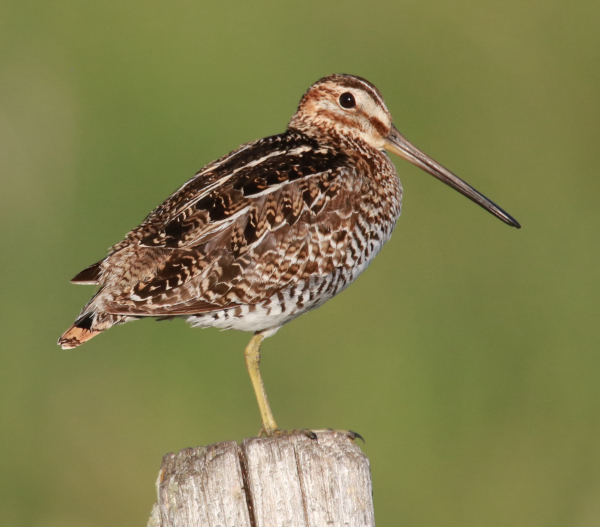
I’m glad to live in an area with an abundance of birds in a variety of habitats, and Saturday evening proved to be an exceptional time in the field with my camera. This kind of action should continue for weeks, so I’ll take advantage of the opportunities that area birds provide when the sunlight is right. As the days edge to the last official day of spring and the first day of summer this weekend, I’ll continue to search for new birds, photo ops, and explore the surrounding Dakota landscapes during this peak activity period. Good luck as you venture afield and monitor the action in your yard, and keep your camera close, if not in hand – just in case.
Article and photographs by Paul Konrad
Share your bird photos and birding experiences at editorstbw2@gmail.com